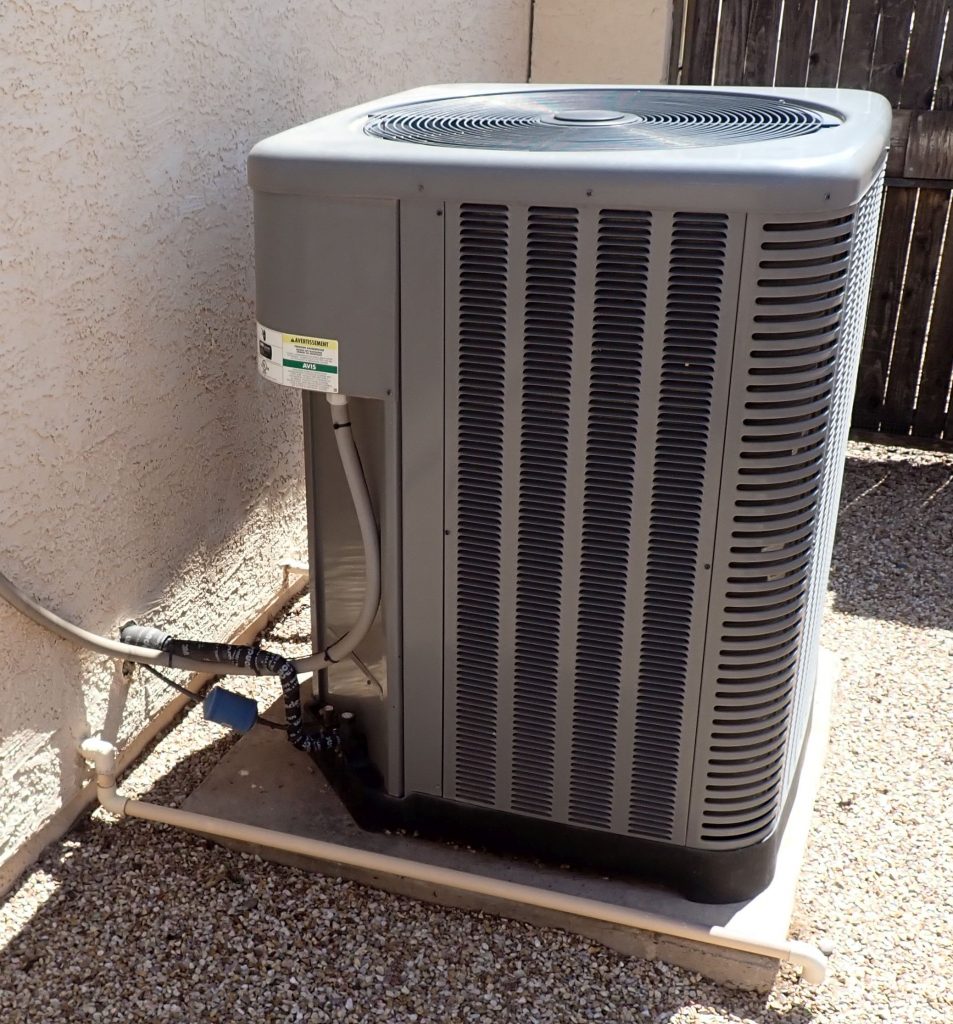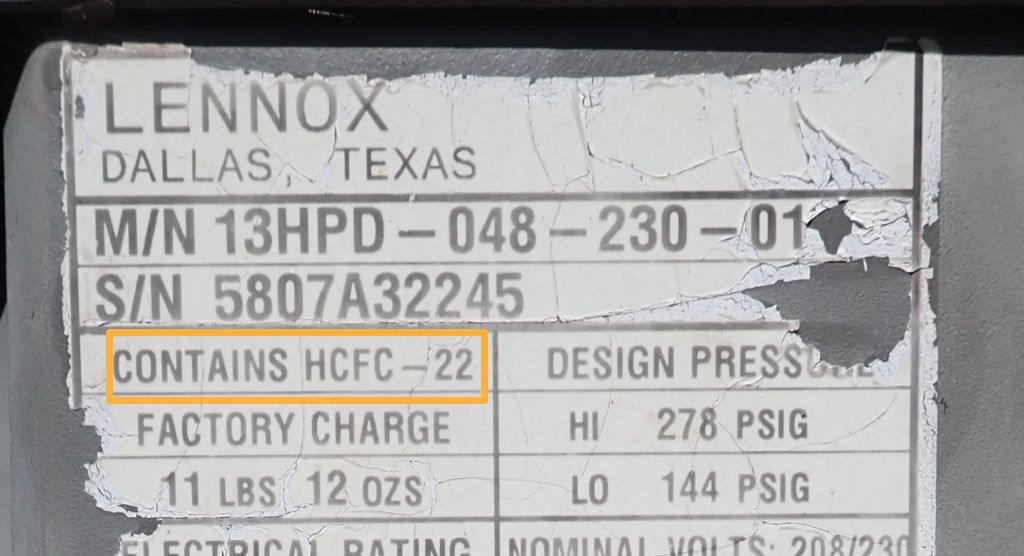Here in the southwest most homes have AC systems to stay cool during our toasty summers. AC systems use a refrigerant to do their job. There are many misconceptions and some confusion about these refrigerants though. This post explains the most common refrigerants and what homeowners need to know about them.
What are refrigerants?
AC systems that are designed to cool a house (and heat pumps that are designed to both heat and cool a house) use a fluid called a refrigerant. They use the refrigerant to transport heat from the inside of a house to the outside (and also vice versa for a heat pump). There are many different types of refrigerants that consist of different chemicals. The names for refrigerants consist usually of a letter/number combination that refers to the chemical makeup.
Types of refrigerants
For residential HVAC (Heating, Ventilation, and Air Conditioning) systems, the main refrigerant for a long time (several decades) was R-22. Scientists discovered that it was bad for the environment – remember hole in the ozone layer and all that? Therefore it was time to phase it out and replace it with something slightly less bad.
The successor refrigerant is R-410a. Its use gradually increased during the 2000s until it was mandatory in new systems beginning in 2010. R-410a is still in common use today in residential HVAC systems. Although there are already plans to replace it with something else in the near future.
So what then is Freon and Puron?
Many people use refrigerant terms interchangeably or incorrectly. The correct terms as explained above are:
-
Refrigerants as the general umbrella term
-
R-22 for the old refrigerant
-
R-410a for the new refrigerant currently in common use
Freon is a trademarked brand name by a company called DuPont (now Chemours) for a number of different refrigerants they produce, including – but not limited to – R-22. Puron is a trademarked brand name by a company called Carrier specifically for the R-410a refrigerant they produce.
Using the term “Freon” to generically describe any refrigerant R-22, and using the term “Puron” to generically describe any refrigerant R-410a in any AC system is therefore technically incorrect. One could argue that these terms are now generic, like chap stick for lip balm, for example. However, these terms are confusing, not everybody understands what they mean, and professionals do not use them like that. Using the terms refrigerant, R-22, and R-410a eliminates such confusion.
The transition between refrigerants
Some of the companies that build HVAC systems switched to R-410a well ahead of the 2010 deadline. Carrier was the first one to sell residential R-410a systems. I’ve seen Carrier units using R-410a built as early as 2004. Other companies waited until the last minute to switch to R-410a.
Beginning with January 2010, all new residential HVAC systems started using the R-410a refrigerant. You could no longer buy HVAC systems using R-22 refrigerant. However, companies could still manufacture and import R-22 refrigerant to service old systems. They could also manufacture and sell replacement parts for old R-22 systems so they could be repaired.
Beginning with January 2020, companies could no longer manufacture or import R-22. As a result, whatever limited supply HVAC companies still have of the old R-22 refrigerant, that is it. Once used, it’s gone. Due to the limited supply, companies have raised their prices for R-22 refrigerant, making it much more expensive to repair/recharge an old R-22 system than a newer R-410a system.
How can I tell whether my HVAC system uses R-22?
The easiest way is to ask your HVAC service technician the next time they service your system. If you want to know now, look at the label on the HVAC system. The refrigerant type is listed somewhere on the label. Here are a couple of examples:
What if my house has an R-22 HVAC system?
If your house has an old R-22 HVAC system with a major refrigerant leak or defect, it could cost a small fortune to fix it. First, you would have to pay hundreds or thousands of dollars for parts and labor to repair the leak. Second, you would then have to pay a thousand-plus dollars to refill the refrigerant. Putting this much money into a unit that is 13+ years old does not make any sense. It is better at that point to replace it with a new system.
However, it is still perfectly legal to use existing R-22 systems. If any HVAC professional tells you that your system is “illegal” because it runs R-22 and must be replaced immediately, tell them to get lost and find another company.
The proper approach would be to understand that the system is old and in need of repair, and to get a quote for the repair. However, the system has likely exceeded its typical expected lifespan and has a lower SEER rating than modern systems. It probably makes more sense to put that money towards replacing it with a new unit which will be more energy efficient.
A caveat for choosing an HVAC company
Here is a little bit of insight that might help you choose an HVAC company. There has been a gradual shift in the HVAC (and other) industries over the years how companies pay their service personnel. The old method was to pay a salary or by the hour. However, most companies these days have changed their compensation methods. They now pay their service techs a base salary plus commission. This means service techs have now a financial incentive to sell you products that you might or might not need so they can rack up commission. I personally prefer to use and refer companies that do not use this commission-based system to reduce the chances of unnecessary sales.
Disclaimer: This is the perspective of a U.S. residential home inspector. Information might vary in different countries and in the commercial/industrial space.



